This interview has been edited for clarity.
Strong female protagonists have often led the charge in science fiction cinema, breaking barriers and challenging stereotypes. Sigourney Weaver’s Ellen Ripley in Alien (1979) and Carrie Fisher’s Princess Leia in Star Wars: Episode IV – A New Hope (1977) not only defined their respective franchises but also challenged the traditional roles of women in film.
More recently, characters like Jennifer Lawrence’s Katniss Everdeen from The Hunger Games (2012) and Charlize Theron’s Imperator Furiosa from Mad Max: Fury Road (2014) have carried on this legacy, each adding layers of resilience that continue to inspire audiences and shape the genre.

In this tradition, Alien: Romulus introduces Rain Carradine, portrayed by Cailee Spaeny (Civil War, Priscilla), a young woman thrust into the nightmarish world of Xenomorphs and survival on the Renaissance space station, echoing the fierce spirit of the iconic heroine Ripley while charting her own course in the Alien saga. While she’s no stranger to big-budget sci-fi films (her breakout role, was, after all, the resourceful and spunky Amara Namani in Pacific Rim: Uprising), this role offered Spaeny a unique opportunity to delve into the raw, visceral world of practical horror.
“It’s something I’ve never gotten to experience before, but I’ve fallen in love with [practical effects] through some of my favourite movies, like obviously Alien, but also The Thing (1982), or Tremors (1990), or Jurassic Park (1993),” Spaeny revealed in an exclusive interview with Geek Culture, reflecting on the impact of physical, practical effects on her performance.
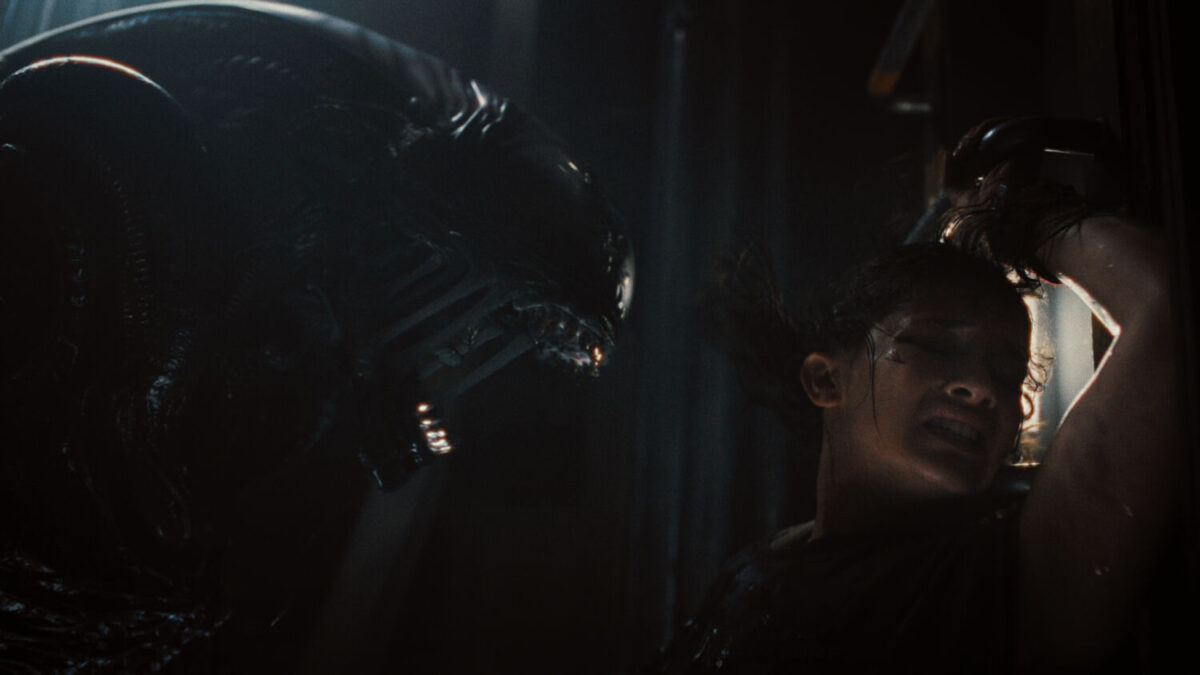
For Spaeny, the Xenomorph wasn’t a figment of CGI imagination, but a tangible presence on the Alien: Romulus set that allowed her to tap into the fear and adrenaline of the moment. “I’m acting with the Xenomorph. The Xenomorph is my scene partner, and I’m reacting to all the details. The teeth, the jaw, the head, and the size of it.”
“It’s incredible from an acting perspective. But I also think, even as an audience member, when you know that those creatures are really there, it adds an emotional element, and I do think it’s scarier.”
Fighting face-to-face with a Xenomorph is no small feat, but so is stepping into the shoes of a sci-fi and horror icon. Even so, Spaeny sees Weaver’s Ripley not as a source of pressure, but rather feels empowered by the portrayal.
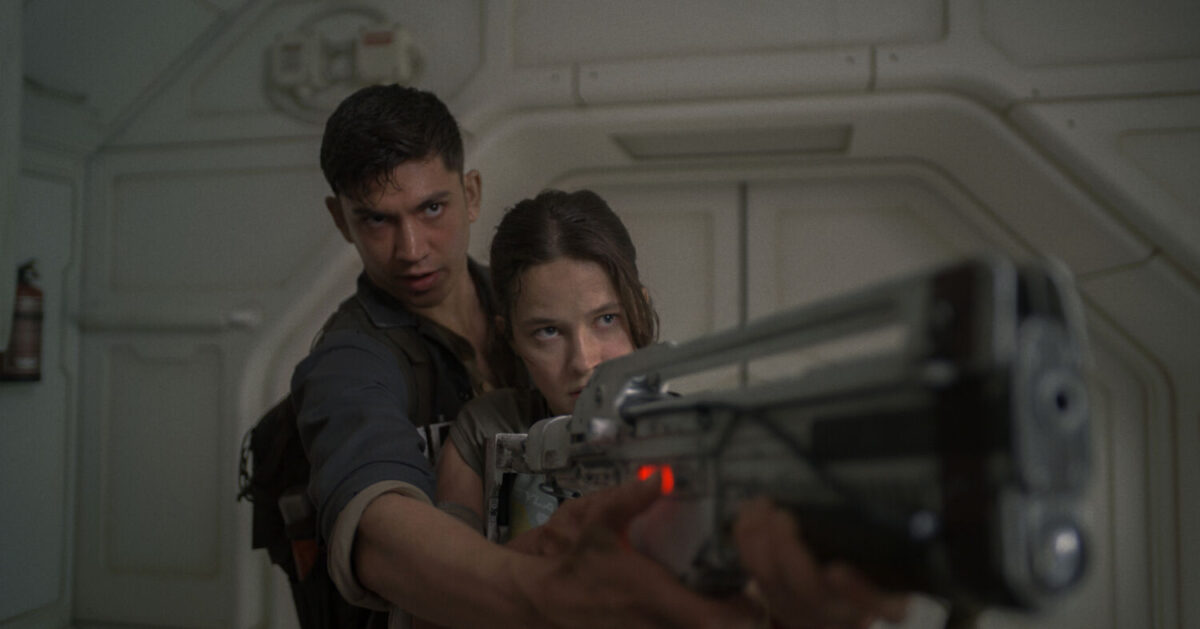
“I thought a lot about what [Weaver] did in 1979 as a woman in horror, playing Ripley, and how she pushed against the norms and all the tropes of women in horror during that time. She threw that all away and injected herself into Alien. She was also given the space because the writing wasn’t written for a woman or a man, so that gave her the freedom to just be Sigourney,” she explained. Weaver’s groundbreaking performance as Ripley defied gender norms and expectations in horror, paving the way for Spaeny to fully inhabit her own character without the burden of conforming to a predefined mould.
“I felt weirdly, sort of free because I didn’t feel like I had any pressure to be anything other than me or whatever I thought the character was going to be. I felt really protected and really free creatively.”
This sense of freedom, coupled with close discussions with director Fede Álvarez (Evil Dead, Don’t Breathe), allowed Spaeny to craft a unique and authentic protagonist. “Fede [Álvarez]’s writing was also a constant collaboration between us, figuring out who Rain was and what choices she would make throughout the story.”
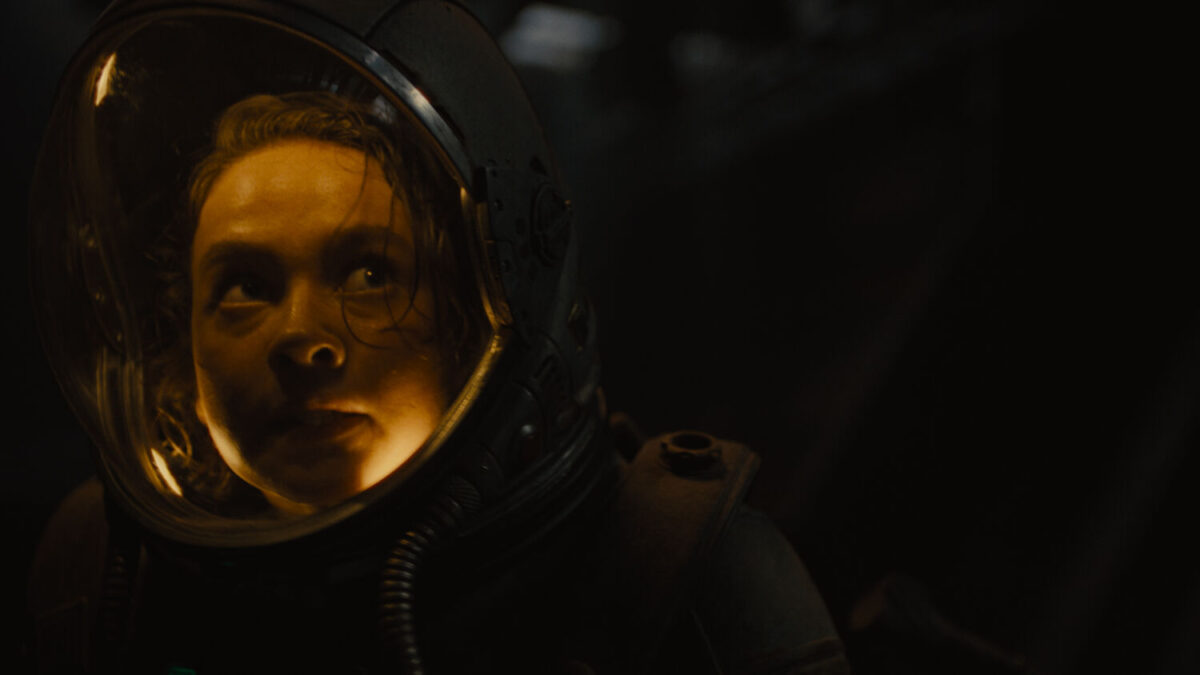
Rain Carradine isn’t another Ripley clone (yes, we’re looking at you, Alien: Resurrection…), but a fully realised individual with her own strengths and vulnerabilities. Spaeny’s portrayal brings a fresh perspective to the franchise, with Rain joining the likes of Noomi Rapace’s archaeologist Elizabeth Shaw (Prometheus) and Katherine Waterston’s chief terraformist Daniels (Alien: Covenant), adding to the Alien legacy of powerful women facing unimaginable horrors.
The deep connection to her character also shines through when navigating the timeless debate between Ridley Scott’s horror-infused Alien and James Cameron’s more action-packed sequel Aliens (1986). Spaeny echoes the sentiments of many fans, admitting, “I can’t answer that. I can’t do it. It’s too hard. There’s different things from those movies that I love.”
“I gravitate a little bit more towards the acting in Alien. The naturalism and the grounded acting that was really prominent in the 1970s made it that much scarier. You have the simplicity of Alien, which is really just an indie movie with the horror element around it.”
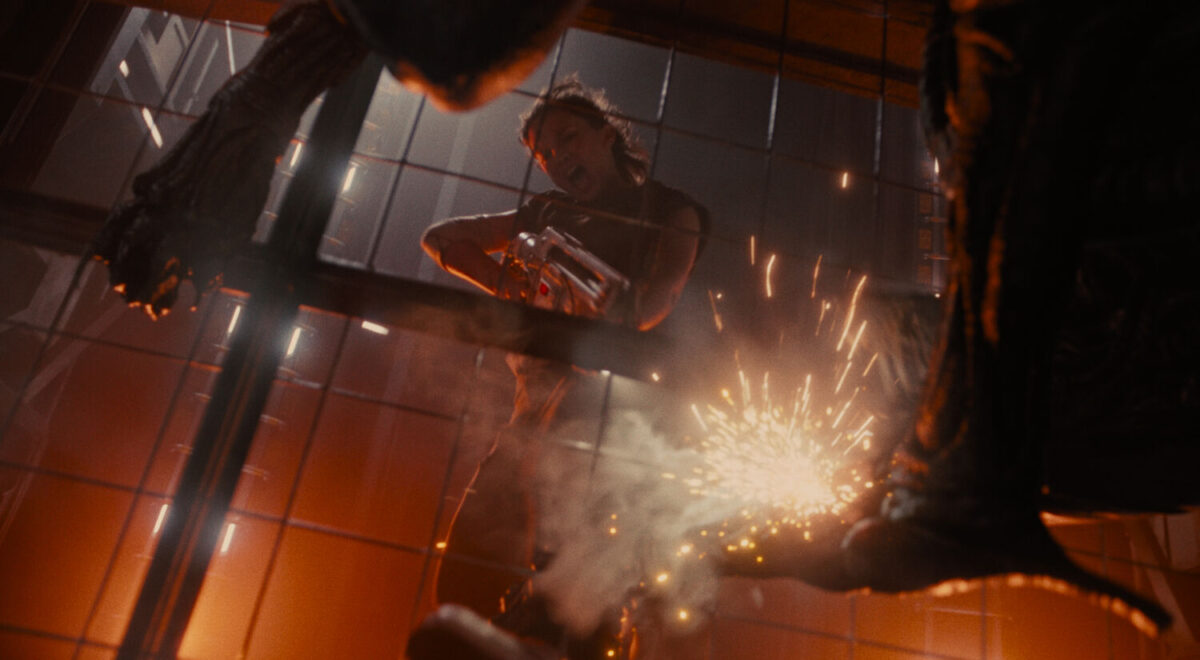
However, Spaeny also acknowledged the sequel’s contributions to the franchise, particularly the dynamic performances and the introduction of iconic elements like the Alien Queen.
“Aliens is a massive blockbuster 80s franchise film. You’ve got Bill Paxton (Colonial Marine William L. Hudson) in Aliens, and I absolutely love his performance. And you’ve got the Queen Alien too,” she noted, illustrating the stark contrast between Alien and Aliens’ thematic and stylistic approaches.
With the latest entry Alien: Romulus, Álvarez aims to honour the legacy of the first two films, blending their elements into a fresh and terrifying experience that’s also his own.
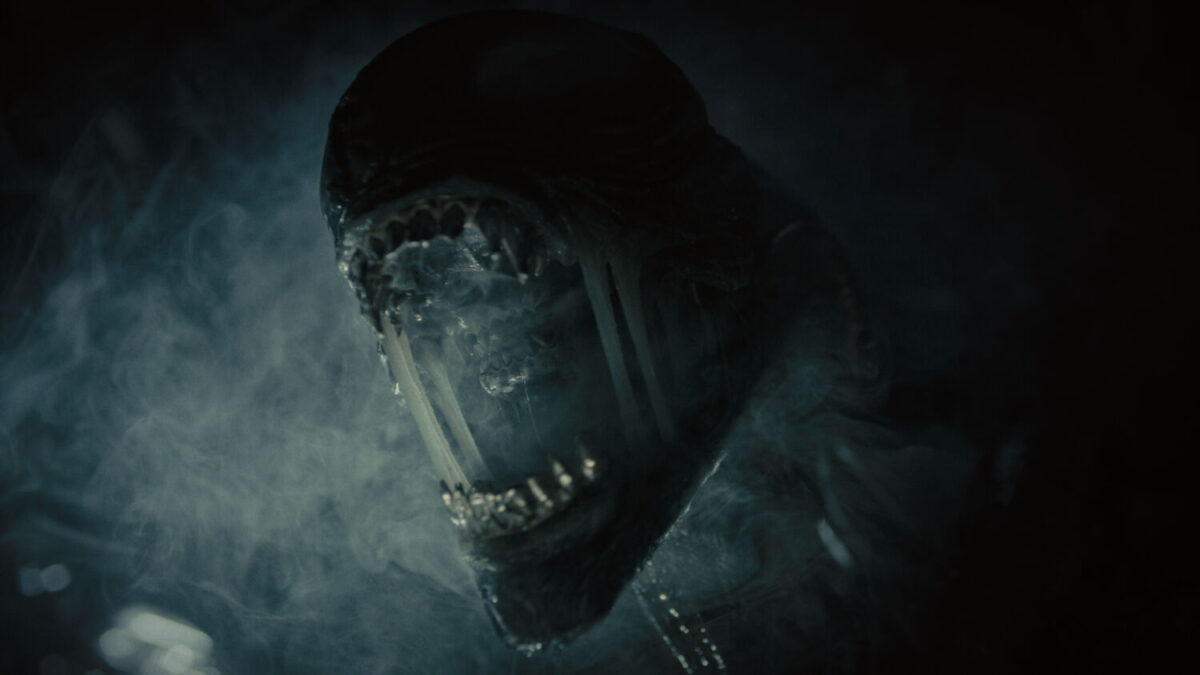
“This franchise has pushed the envelope and stretched the genre in so many different ways,” Spaeny enthused, “but I’m excited about [Alien: Romulus]. Fede [Álvarez] takes all the things we love from Alien and Aliens and brings it into one film. He really is bringing the franchise back to its roots.”
Alien: Romulus is in cinemas now.













